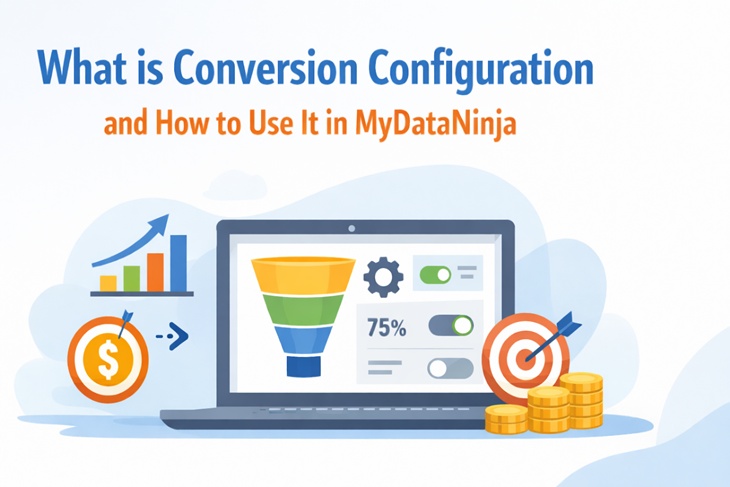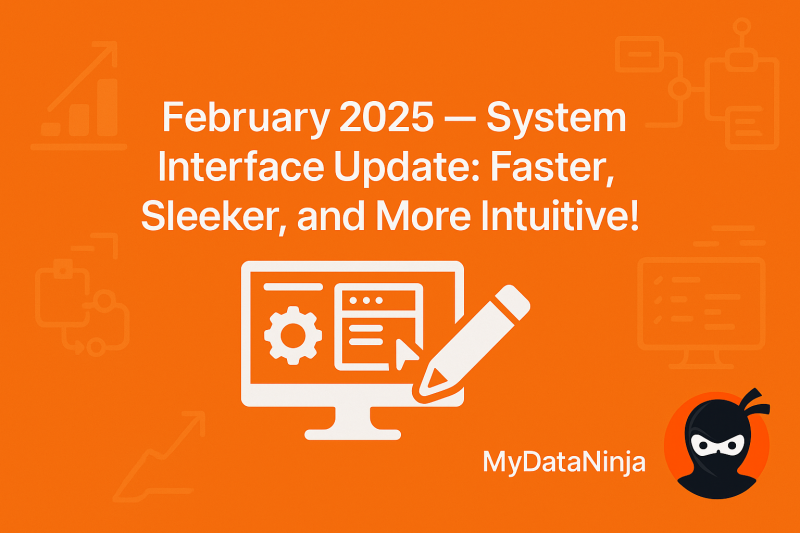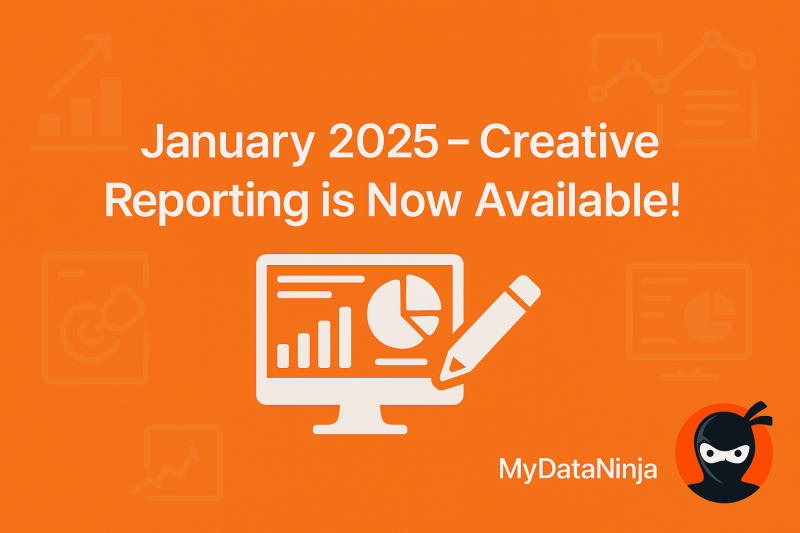
Over the last couple of years, we’ve seen many digital advertising trends, some of them were good, some bad. But trends from 2-3 years ago can’t work today. This is why every business owner must learn about new trends, and use them to benefit the brand.
As I’ve mentioned, trends are always evolving, meaning old ones stay in the past, and new ones conquer the future. Now finding good and working trends is quite the hassle to find. But today, I will tell you about some of the trends, that will conquer 2024 and hopefully beyond.
But it’s necessary to understand that not all trends will work for you. You have to carefully choose and use them, so try different ones and do your research about those trends.
Now, to simplify your job, let me introduce you to the top 5 digital advertising trends for 2024.
1. AI-powered digital advertising
Of course, you knew AI was coming, right? In the last couple of years, AI has been evolving significantly, meaning its capabilities have grown as well. AI has revolutionized digital advertising by enabling highly personalized experiences for users. Instead of showing generic Ads to a broad audience, AI algorithms analyze big amounts of data to understand individual preferences and behaviors. This data could include browsing history, social media interactions, past purchases, and even demographic information. By processing this data, AI can predict what products or services a user might be interested in and deliver Ads that are highly relevant to them in real-time.
We all have that weird moment when we are searching for something, let’s say traveling tickets, and after 1 or 2 searches, we see Ads about cheap travel, nice hotels, and flight tickets everywhere. That’s usually AI’s doing. This level of personalization not only enhances user experience by showing them Ads that are more likely to be useful but also improves the effectiveness of advertising campaigns by targeting audiences most likely to convert.
With these exceptional skills, AI is used by businesses to benefit their digital advertising results by optimizing their advertising spend. Instead of relying on luck, AI helps them target their resources towards audiences who are more likely to engage with their ads and make a purchase. This results in higher ROI, which is crucial for businesses.
2. Privacy-Friendly Marketing
We all care about our privacy, especially nowadays. Brands knowing this, advertisers came up with a new way to reach audiences without compromising privacy. One of them is contextual advertising. This means reaching audiences and creating likable and relevant content are based on the content users are interacting with, rather than their personal data.
In the past, advertisers collected user data for their digital advertising, analyzed data, and based on the information, created the content based on your liking. But now, some brands use the information about the content you interact with rather than your personal information.
Another trend in privacy-friendly marketing is the emphasis on first-party data. Brands are encouraging consumers to willingly share their preferences and interests through methods like email sign-ups, preference centers, and surveys. By obtaining explicit consent and transparently communicating how data will be used, brands can build trust with consumers and deliver more personalized experiences.
3. Interactive and Engaging Video Content
Users are getting bored of scrolling and liking the same kind of posts, so there is a huge chance that they will just scroll past your Ad if you don’t do something different. Even though, for the past decade, video content dominated digital advertising trends, there’s a shift toward making videos more interactive and engaging in 2024, instead of passive viewing, users want to interact.
For example, imagine watching a makeup tutorial where you can click on the products being used to learn more or make a purchase without leaving the video. This level of interactivity not only captures attention but also drives higher engagement and conversion rates. Platforms like TikTok and Instagram Reels are leading the way with short-form videos that encourage users to interact by liking, sharing, and shopping directly from the content.
Interactive video content allows brands to create immersive experiences that resonate with their audience. By integrating clickable elements, quizzes, polls, and shoppable features, advertisers can turn passive viewers into active participants, enhancing brand awareness and driving sales.
4. Shopping Directly on Social Media
Well, this is a good example of interactive and engaging content, but a different digital advertising trend. Social media platforms have evolved beyond just connecting people, they’ve become powerful E-commerce platforms where consumers can discover and purchase products without leaving the app. This trend, known as social commerce, is reshaping how brands engage with their audience and drive sales.
Platforms like Instagram, Facebook, and TikTok are integrating shopping features directly into posts, stories, and live streams. For example, influencers can showcase products in their posts with tags that allow users to click and buy instantly. Brands are also leveraging social proof and user-generated content to build trust and influence purchasing decisions.
Social commerce simplifies the buying process by reducing the time between discovery and purchase. Users can explore products, read reviews, and make transactions easily within their favorite social media apps. This convenience not only enhances the user experience but also increases conversion rates for brands.
5. Ads That Care About the Planet
Consumers today are more environmentally conscious than ever before, and brands are responding by integrating sustainability into their advertising strategies. In 2024, Ads are increasingly highlighting eco-friendly practices, sustainable products, and corporate social responsibility initiatives.
For example, brands may promote products made from recycled materials, highlight efforts to reduce carbon emissions or showcase partnerships with environmental organizations. These Ads not only inform consumers about sustainable options but also align brands with values that resonate with environmentally conscious audiences.
Emphasizing sustainability is a new digital advertising trend. By doing this brands can differentiate themselves in a competitive market and build trust with consumers who prioritize ethical and eco-friendly practices.
Conclusion
Digital advertising trends always change, and keeping up with them is important. In this blog, I tried to give you a good view and information about some of the most influential trends in 2024. But with enough research and testing, you might come up with your own digital marketing trend, who knows? By using these trends, your brand can create more meaningful connections with consumers and stay ahead in a rapidly evolving digital marketplace.







